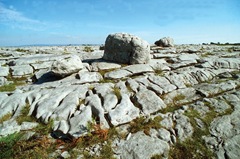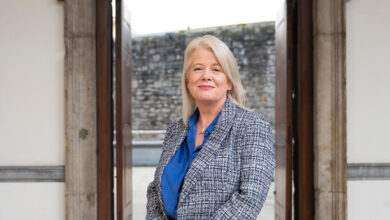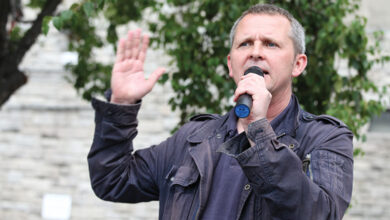Irish heritage on a world stage
 Environment Minister John Gormley has published Ireland’s draft tentative list of nominees to UNESCO’s World Heritage List.
Environment Minister John Gormley has published Ireland’s draft tentative list of nominees to UNESCO’s World Heritage List.
Some of Ireland’s most famous landmarks have been included in the draft tentative list of nominees to UNESCO’s World Heritage List.
From the rocky plains of the Burren in County Clare to the ancient monastic site of Clonmacnoise in County Offaly, the tentative list is a compilation of locations which are considered to be of outstanding universal value and therefore suitable for inscription on the World Heritage List.
Ireland’s draft list has been compiled by an expert advisory group established by the Environment Minister John Gormley.
The tentative list must be re-examined and re-submitted at least every 10 years.
A consultation period with relevant stakeholders ends on 23 December and a decision on wether the sites will be included, will be made when the intergovernmental World Heritage Committee meets at some stage in 2010.
Commenting on the draft list, the Minister stated: “The World Heritage List has evolved considerably since its inception. It is now much more difficult to meet the UNESCO requirements for inscription.
I believe that the draft list contains a list of those Irish properties which are of outstanding universal value and which meet the UNESCO inscription requirements.”
Other locations included on the tentative list are: Dublin, a Georgian city with literary tradition; the early medieval monastic sites of Durrow, Glendalough, Inis Cealtra, Kells and Monasterboice; and the royal sites of Ireland: Dún Ailinne, the Hill of Uisneach, the Rathcroghan complex and the Tara complex.
The Burren
The Burren, meaning "great rock", is the largest karst-landscape region in Europe. Situated in northwest County Clare, it is bounded by the Atlantic to the west and Galway Bay to the north.
The Rock of Cashel
The seat of the ancient Eoghanacht Chiefs of Munster, the Rock of Cashel is an isolated elevation of stratified limestone rising abruptly from a broad plain called the Golden Vale. A remarkable set of ruins dominates the skyline. It is located in County Tipperary.
Western Stone Forts
The Western Stone Forts are a distinctive group of large stone forts located along the western seaboard of Ireland. The majority of these forts are concentrated on the Aran Islands county Galway, in the Burren, County Clare and on the Dingle and Iveragh peninsulas, County Kerry.
Clonmacnoise
The ancient monastic site of Clonmacnoise is situated at the crossroads of Ireland in County Offaly and dates back almost 1,500 years. St Ciaran, the son of an Ulsterman who had settled in Connaught, is said to have chosen the site in 545 AD because of its ideal location at the junction of river and road travel in Celtic Ireland. The site borders the three provinces of Connaught, Munster and Leinster, and is the burial-place of many of the kings of Connaught and Tara.
The Céide Fields
The Céide Fields in County Mayo are said to be over five and a half millennia old. They are a unique Neolithic landscape of world importance where the remains of stone field walls, houses and megalithic tombs are preserved beneath a blanket of peat over several square miles.





